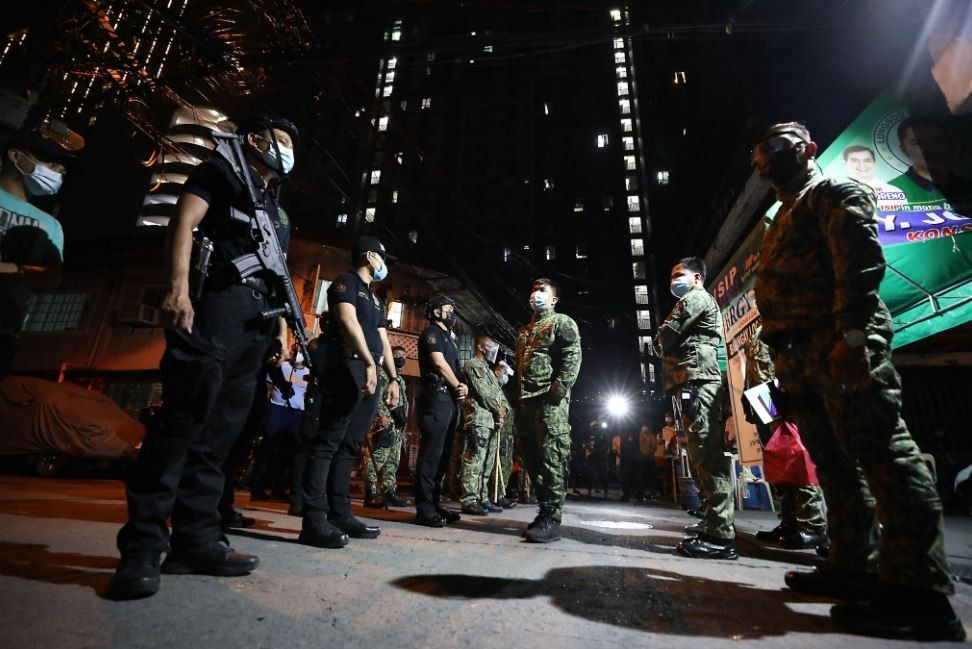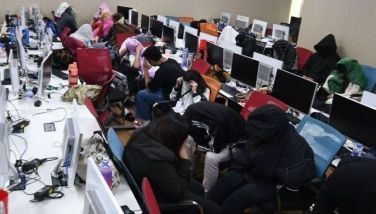Unified Metro Manila curfew may be back on March 15, a year into quarantine

MANILA, Philippines — A blanket curfew in Metro Manila may return for two weeks starting March 15, exactly a year since the capital region was placed under quarantine and with a new surge in COVID-19 infections already underway.
Metro Manila Development Authority Chairman Benhur Abalos in a briefing Thursday night said mayors reached a consensus for a 10 p.m. to 5 a.m. curfew in the National Capital Region.
The move will take effect on the 15th, a Monday, after the 17 local chief executives formalize it through a resolution of the Metro Manila Council.
But past decisions of the policy-setting council required approval from the Inter-Agency Task Force on the Management of Emerging Infectious Disease and from President Rodrigo Duterte.
A previous decision to relax restrictions in the region to a more lenient Modified General Community Quarantine in February was ultimately rejected by the president.
Abalos said they consulted the health department twice on the decision, and also met earlier Thursday with members of OCTA Research, who warned that daily cases in NCR could reach between 2,000 to 3,000 by end of the month.
"They gave projections that if this is left unattended, the numbers will not be good," the MMDA chief said in Filipino. "From February 4 to 10, we have 360 cases a day. After a month, it became 1,411."
The rise in new COVID-19 infections has reflected in the overall daily numbers that the country has reported. In recent days, new cases were at over 3,000, and today's 3,749 was the highest in nearly six months.
Add to that, new variants of the COVID-19, particularly the B.1.1.7 or the one first seen in the United Kingdom and the B.1.351 or that detected in South Africa, have already reached the country with cases in Metro Manila.
The developments have led some local governments in the capital region to reimpose curfews, even before the decision on a uniform curfew.
Abalos said workers covered by the curfew need only to present company IDs to prove that they are allowed to be outside during the said hours, and quarantine passes would no longer be needed.
Medical personnel and other essential workers such as those in food services are also exempted from this, he added.
Uniform hours, localized sanctions
Despite a uniform curfew, local governments will be given the autonomy to determine sanctions or penalties for those caught violating in their cities. Aside from this, Abalos said testing and tracing efforts will also be ramped up in Metro Manila.
March 11 marks a year since the World Health Organization declared the COVID-19 a pandemic. Since then, it has infected over 607,000 Filipinos at home, with more than 12,600 deaths.
The return of curfews as the country battles a new surge comes at a time when government claims that its response to the health crisis — long criticized as being militarized — has been excellent, despite, it seems, that the world's longest quarantine is back to square one. — Christian Deiparine
- Latest
- Trending


































